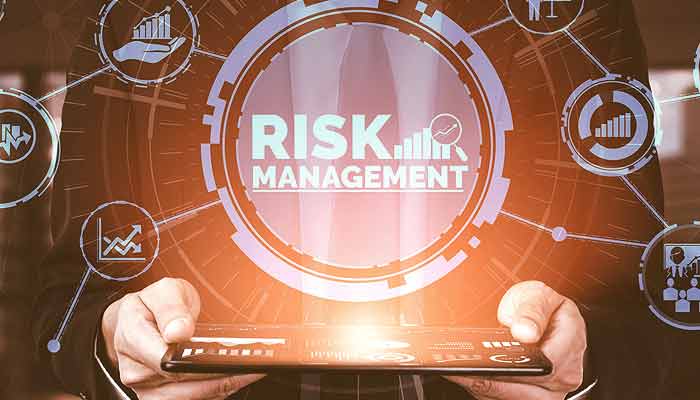Risk Management Concepts for Project Managers

Learn all aspects of risk management for projects
Risk is part of our everyday lives. When we take a risk, we may experience either a positive (opportunity) or negative (threat) outcome. However, failing to identify and address potential risks can have catastrophic consequences—particularly when managing projects. Unidentified risks can negatively impact projects, leading to cost overruns, schedule delays, scope changes, and quality issues. Applying effective risk management tools and techniques can help identify high-impact/high-probability risks while minimizing potential adverse impact.
Participants will learn how to identify, analyze (qualitatively and quantitatively), respond to, and monitor/control risks, as well as how to create and apply effective Risk Management Plans. The application of these key concepts can help project managers reduce the probability of unknown risks negatively impacting their project and improve the likelihood of successfully delivering the work.
Course Outline
Lesson 1. Foundations of Risk Management- Definitions and characteristics of risk and what is “not” a risk
- Steps in risk management
- Proactive versus reactive approach to risk
- Create and document processes and procedures to define, assess, measure and plan project risk
- Define the structure of the Risk Management Plan
- Describe the project manager's role in managing project risks
- Defining risk identification
- Methods for identifying risks
- Use a risk statement to form a risk scenario
- Defining Qualitative Risk Analysis
- Computing the probability and impact of identified risks
- Develop risk rating charts
- Prioritize risks using the Risk Prioritization Matrix
- Define Quantitative Risk Analysis
- Leverage models and calculations to further evaluate risk; compute monetary impact of risk using the EMV computation
- Develop Quantitative Risk Rating Chart
- Utilize quantitative results to realize risk impact on project cost and time
- Develop Risk Scenarios
- Risk Response Strategies
- Develop Cost to Respond Rating Chart
- Apply appropriate risk response techniques to high priority risks
- Develop plans necessary to respond to risk events
- Implement agreed-upon Risk Response plans
- Ensure Risk Responses are executed as planned
- Reassessing Risks
- Define the decision-making process
- Residual Risks
- Track and monitor project risk and employ risk response plan, as necessary
- Recognize what a risk trigger is and how it can be used to forecast a risk event
Learner Outcomes
After completing this course, participants will be able to:- Utilize techniques to identify project risks
- Conduct qualitative and quantitative analysis to determine the probability, impact, and cost to prevent or mitigate the impact of a potential project risk
- Explain how to calculate the Expected Monetary Value (EMV) and apply it to the cost estimate
- Explain the difference between a proactive versus reactive approach to risk management
- Determine the appropriate risk response technique
- Describe the project manager's role in managing project risks
- Apply risk response techniques
- Describe how risks will be monitored throughout the life cycle of a project
Risk Management Concepts for Project Managers Course Information
Contact Hours
6 hours
Course Fee(s)
Contact us